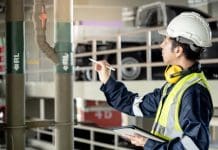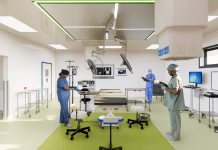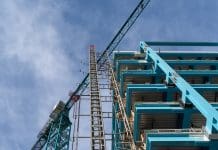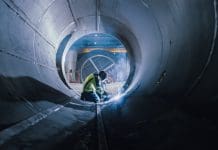Integrated Environmental Solutions Ltd discuss Digital Twins in construction, following on from their recent webinar on the hot topic
On Wednesday 16th October IES held a webinar looking at the current buzz around Digital Twins. A subject close to our heart since the launch of our ICL platform earlier this year. And judging by how well the session was attended, it’s a subject that is high on the agenda for many.
We polled our audience, and over half (52%) of attendees are actively considering using digital twin technology on a particular project.
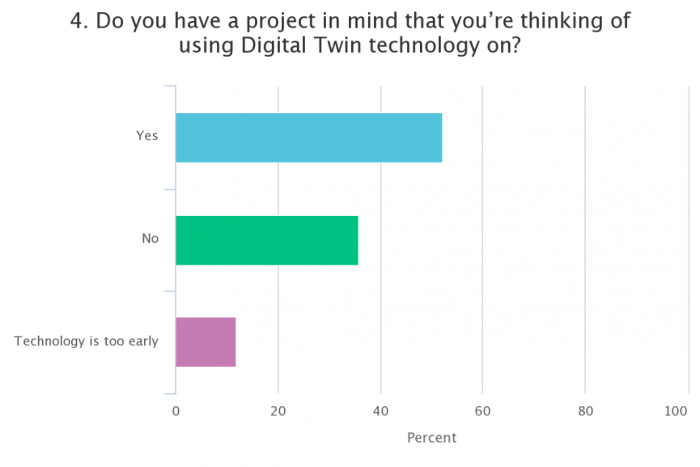
Which is not surprising, as research by the McKinsey Global Institute indicates that digital transformation can result in productivity gains of 14 to 15 percent and cost reductions of 4 to 6 percent.
The greatest opportunity for digital twins in the Built Environment is in their ability to help us realise zero-carbon goals not only for individual buildings, but also for communities. The path to a decentralised, decarbonised and digitalised energy landscape requires a transition to low-carbon energy systems, integration of renewables, and storage solutions, and data analytics to anticipate demand and empower users..
In this vision, buildings become an active element within the energy landscape, consuming as well producing. And by linking a Digital Twin to the real building and the energy network though sensors we can create true Twins at any scale. Twins that bring an understanding of the physics that dictate real-world conditions (such as energy flows, environmental conditions, and material attributes), and Twins which will evolve over the asset’s lifetime using machine learning and AI applied to operational data. Such Digital Twins can also be used to plan changes and steps needed for climate mitigation and resilience strategies.
The question is where do you get started? A Digital Twin can be as simple or as complex as you need it to be. But, that doesn’t mean there are no barriers to adoption.
We polled our audience on this, and asked “What barriers do you think would prevent the use of digital twin technology in your organisation?” With just over half of the audience identifying with them, the top two barriers came out as lack of skills/training and limited access to/lack of data.

These issues are also the same ones we regularly encounter on live projects. Hence why we’re putting a lot of effort into training and educating, and also looking at how newer IOT technology such as LoRaWAN or other smart sensors can simplify the flow of data.
Finally, to understand where people wanted to start, we asked our audience what they thought was the most important stage of the built environment lifecycle at which to use digital twin technology.
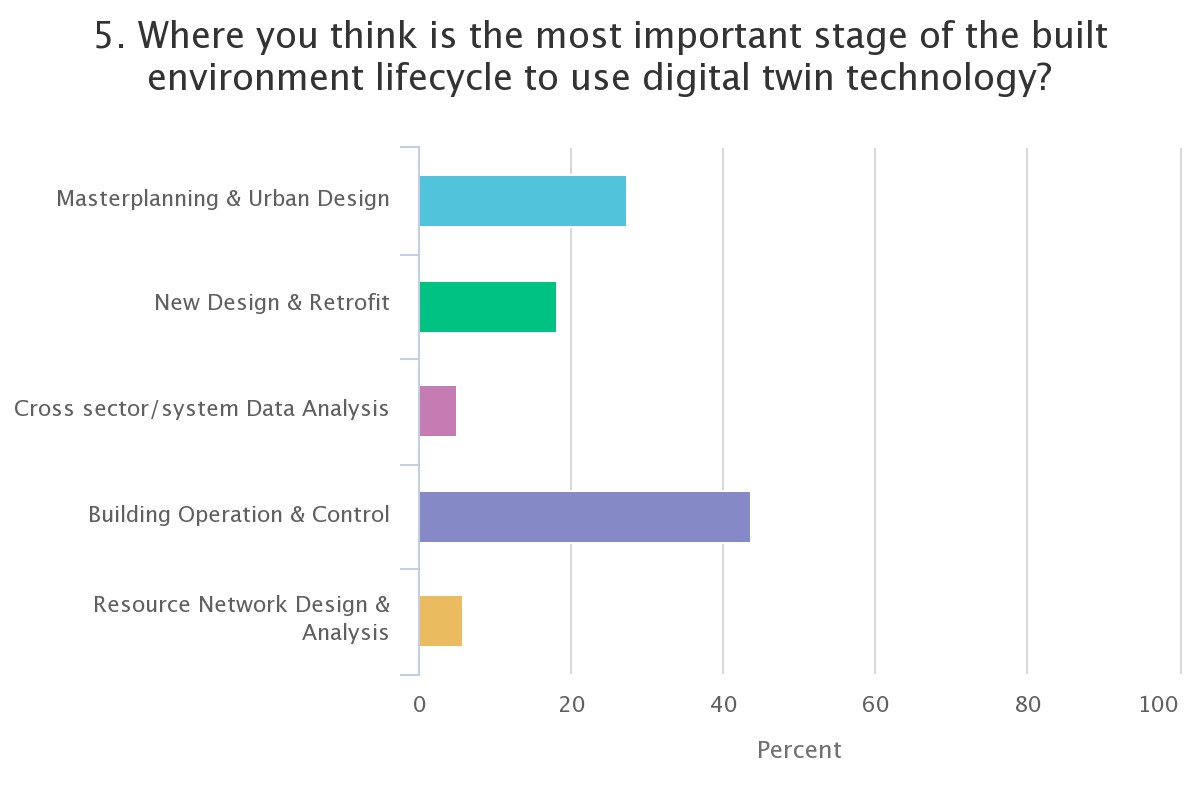
Building operation and control came out on top, which is not surprising, considering retro-engineering within buildings is often reactive. Typical problems show up as high energy bills, occupant dissatisfaction due to poor lighting, or over/under heating. Many of the problems are symptoms of underlying issues but it takes time, money and commitment to figure out what’s going on ‘under the hood’ and often a quick fix is implemented to treat the symptom. However, treating symptoms with a quick fix often ends up costing more, without ever really understanding the root cause.
This is where Digital Twin technology can step in and help building owners and managers know what to do with all of their data, which is often in different formats, and reported in different systems. The technology can help them dig under the hood and give actionable insights linked to the cause of issues.
We covered a number of real-life applications of our ICL Digital Twin technology within the webinar. Click here to access the recording of the full webinar.









